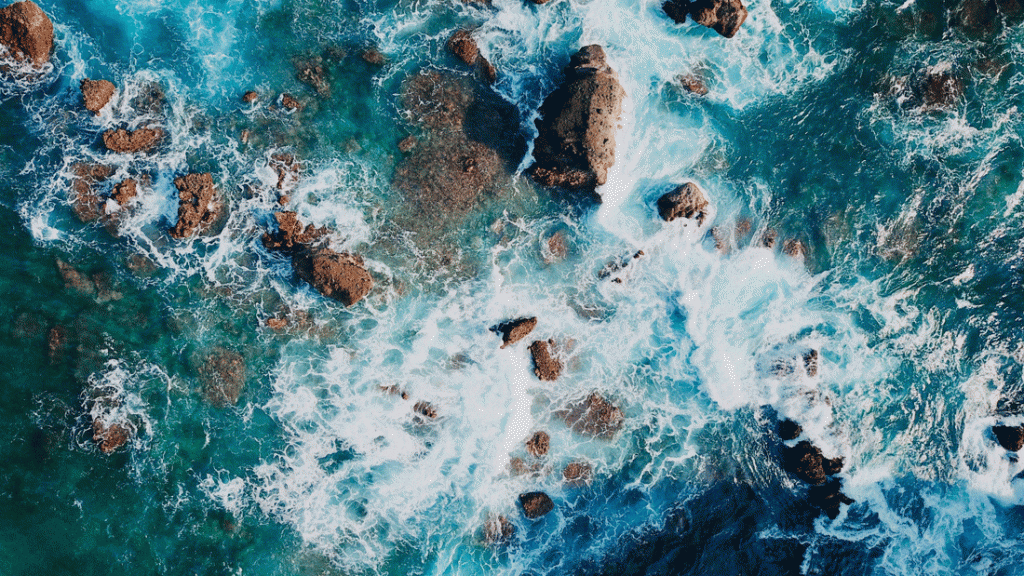The Gulf of Mexico could experience one of its largest “dead zones” this summer. Scientists from the National Oceanic and Atmospheric Association forecast the dead zone , an area of low to zero oxygen, in the Gulf of Mexico to be the equivalent of nearly the size of Massachusetts or roughly 7,829 miles.
Dead zones can disrupt the marine ecosystem, as the low oxygen levels, otherwise known as hypoxia, harm existing marine life. The primary cause of dead zones is nutrient pollution from human activities; the nutrients (nitrogen and phosphorous) used in fertilizers and found in sewage are washed into the ocean by spring rains and eventually accumulate on the top of the ocean.
As these chemicals collect on the ocean’s surface, oxygen is prevented from reaching the water column and can lead to an overgrowth of algae, which consumes more oxygen as it decomposes, leading to the further depletion of the essential element. This accumulation of nutrients that leads to dangerously low oxygen is also referred to as eutrophication.
Nutrient pollution in the Gulf of Mexico
In a TED conference, ocean expert, Nancy Rabalais reported, “The nitrogen that is put in fertilizers and the phosphorous goes on the land and drains off into the Mississippi river and ends up in the Gulf of Mexico. There’s three times more nitrogen in the water in the Mississippi now than there was in the 1950s”
She emphasized resolving these agriculture issues by promoting the use of less fertilizers, precision fertilizing and trying sustainable agricultural alternatives, for example perennial wheatgrass. In contrast to corn plants, perennial wheatgrass has far longer roots and can therefore trap the nitrogen in the soil and keep the soil from running off.
Rabalais challenged her audience to make “less consumptive decisions” and highlighted the everyday, subtle choices that can be introduced to minimise our reliance on nitrogen. The changes to reduce our “nitrogen footprint” and its devastating damage on marine life can be as simple as cutting down on our consumption of corn oil, consuming less meat and using a car dependent on non-ethanol gas.
The world’s largest dead zone
The Gulf of Mexico is not the only body of water at risk. The world’s largest dead zone is in fact the Baltic Sea, which has experienced a 10-fold hypoxic increase. Climate change is a large factor in the sea’s large dead zone; however, the predominant cause for the growth is nutrient pollution.
Formed 10,000 to 15,000 years ago after the latest ice age, the Baltic Sea is the world’s youngest sea and is surrounded by nine coastal states: Finland, Russia, Sweden, Denmark, Germany, Estonia, Poland, Latvia and Lithuania. The distinguishing feature of the Baltic Sea is its brackish water, a combination of salty seawater and fresh water. The salty sea water constitutes the Baltic Sea’s deeper water layer, while the water layer on the sea’s surface is diluted by rainwater and more than 250 rivers and streams with the major rivers draining into Baltic Sea being the Neva, Vistula, Neman and Kemijoki.
In response to this environmental disaster, certain chemicals are now banned, such as DDT, a pesticide used to additionally control the spread diseases during World War Two and PCBs, man-made chemicals implemented in electrical equipment, have been replaced by accumulating nutrient pollution.
Subsequently, the HELCOM Baltic Sea Action Plan has been established as part of an initiative to restore the Baltic Sea’s ecosystem to its previous condition by 2021. The ambitious plan aims to incorporate up to date scientific knowledge and different management approaches to create assertive environmental policies around the Baltic Sea. The main objectives of the programme are to create a Baltic Sea that is unaffected by eutrophication, undisturbed by hazardous components, encourage biodiversity and sustainable, eco-friendly maritime activities.
Ultimately, the main challenge to dead zones in the Gulf of Mexico and the Baltic Sea will be eutrophication, the spread of nutrients (nitrogen and phosphorous) from the land into sea and the cause of oxygen deprivation in the water body. Nonetheless, programme initiatives such as the HELCOM Baltic Sea Action Plan and encouraging subtle, small steps to cut down on our nitrogen footprint can help restores dead zones to their original, thriving ecosystems.
See Also:
Celebrating Arbor Day


